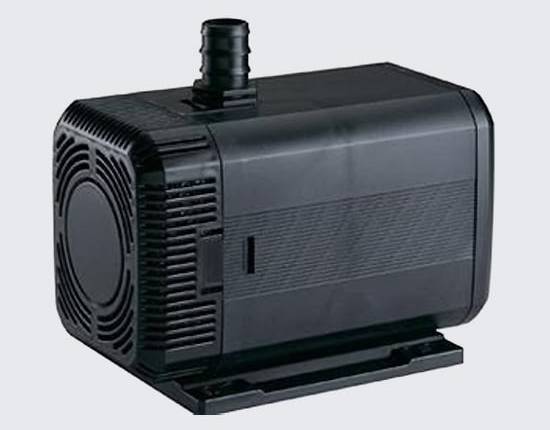Healthy ponds require balanced ecosystems, and oxygen serves as the fundamental element supporting this delicate balance. Without adequate oxygen levels, ponds quickly deteriorate—algae blooms form, fish struggle to survive, and water becomes murky and foul-smelling. Aeration systems work by increasing dissolved oxygen in water, creating movement that prevents stagnation, and supporting beneficial bacteria that break down waste naturally. The results transform struggling ponds into vibrant, self-sustaining environments that enhance both property value and enjoyment.
Understanding Aeration Fundamentals
Pond owners often wonder how oxygen enters water and why natural processes sometimes fail to maintain healthy levels. Surface agitation creates the primary pathway for oxygen to dissolve into water, which explains why many property owners buy pond fountains to create appealing water displays while simultaneously improving water quality. These systems create turbulence that increases the water’s surface area exposed to air, dramatically enhancing oxygen transfer rates compared to still water. Water is sprayed into the atmosphere and mixes with oxygen; the then oxygenated water falls back into the pond. Additionally, moving water prevents temperature stratification, distributing oxygen more evenly throughout the entire water column.
Types of Aeration Systems
Various aeration solutions address different pond needs depending on size, depth, and specific water quality issues. Surface aerators and fountain pumps for sale often provide sufficient oxygenation for shallow ponds under six or seven feet deep. These systems create beautiful displays while focusing oxygen distribution in upper water layers. For deeper ponds, diffused aeration systems deliver air to the bottom layers through weighted tubing and diffuser plates, creating thousands of micro-bubbles that rise through the entire water column, providing more comprehensive oxygenation and circulation patterns beneficial for larger bodies of water.
Biological Benefits of Proper Aeration
Aeration dramatically improves biological processes within pond ecosystems. Increased oxygen levels support aerobic bacteria that efficiently break down organic matter, reducing sludge accumulation on pond bottoms. These beneficial bacteria convert toxic ammonia and nitrites into less harmful compounds, creating a natural filtration system. Fish and other aquatic organisms experience less stress with adequate oxygen levels, becoming more resistant to disease and parasites. Studies show that properly aerated ponds can support up to 30% more fish than comparable non-aerated water bodies.
Combating Algae Through Aeration
Excessive algae growth ranks among pond owners’ most common complaints. Aeration disrupts conditions favoring algae blooms through several mechanisms. Moving water prevents algae from forming concentrated surface mats, while improved oxygen levels support beneficial bacteria that compete with algae for nutrients. Circulation prevents thermal stratification where phosphorus—algae’s primary food source—gets released from bottom sediments during warm weather. While aeration alone may not eliminate severe algae problems, it creates conditions that significantly reduce blooms without harsh chemicals.
Seasonal Aeration Considerations
Aeration requirements fluctuate through changing seasons. Summer months demand maximum aeration as warm water naturally holds less oxygen while fish metabolism increases, creating a dangerous imbalance. Winter presents different challenges—while oxygen demands decrease in cold water, ice formation can prevent gas exchange, potentially leading to fish kills. De-icers or winter-specific aeration settings maintain essential gas exchange without disrupting fish hibernation patterns. Year-round aeration generally provides optimal results, though systems may require seasonal adjustments.
Energy Efficiency and Operating Costs
Modern aeration systems offer remarkable efficiency improvements over older technologies. Energy-efficient motors, solar options, and optimized designs can reduce operating costs by 25-40% compared to older systems. When selecting equipment, buyers should evaluate long-term energy consumption alongside purchase price, as operating costs often exceed initial investment over equipment lifespans. Properly sized systems matched to specific pond requirements prevent unnecessary energy expenditure while still achieving desired water quality improvements.
Conclusion: Creating Healthy Water Ecosystems
Effective pond aeration represents both science and art—balancing technical requirements with aesthetic considerations to create sustainable water features. Whether managing a small garden pond or a large recreational lake, understanding aeration fundamentals helps pond owners make informed decisions about equipment selection and management practices. The rewards extend beyond clear water and healthy fish, creating vibrant ecosystems that enhance outdoor spaces while requiring less maintenance and chemical intervention. With properly implemented aeration, ponds transform from potential problems into stunning, thriving assets.
Featured Image Source: https://www.fountaintechpumps.com/wp-content/uploads/2022/11/fountain-tech-ft-1500.jpg
